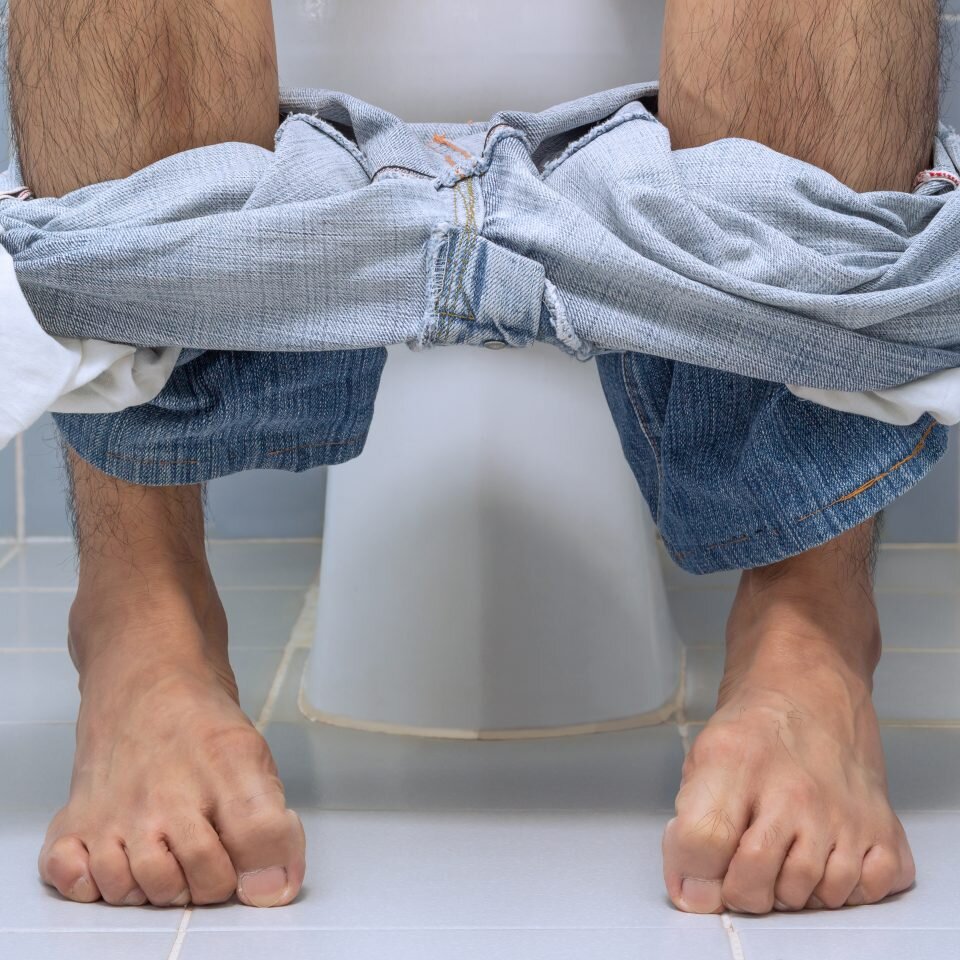Advice centre / Understanding haemorrhoids / Leading symptoms
Haemorrhoid lumps and swelling
Haemorrhoids (or commonly known as Piles) are described as lumps or masses of tissue. Internal Piles are inside of the bottom and external piles are on the outside of the bottom.
It is a common misconception that they always hang like grapes outside your anus. This may be true under certain conditions but generally speaking, when you first notice that you have piles, they would rarely be so bad as to be described as ‘grape like’.
What causes the haemorrhoid to swell?
External piles lie underneath the skin around the anus. If these become irritated by pressure from over straining when going to the toilet or itchy and sore causing you to scratch the area, then they can become inflamed and swell up. When this happens they can look like little pink lumps around your anus.
External piles can also become clotted with blood giving them a bruised look. This clotting is associated with swelling and can cause a lot of discomfort, but there are creams and ointments that can reduce the swelling and the pain. The medical name for this type of pile is a thrombosed haemorrhoid.
Internal piles can become “prolapsed,” which means that they extend outside of your anus. This may sound pretty nasty, but it happens when the internal piles are filled with blood, often brought on by continuous straining when opening your bowels. This really highlights the importance of a high fibre diet, drinking plenty of water and taking regular exercise, to make sure that your body and bowel movements are functioning well.
If you do find that your internal haemorrhoid has prolapsed, you can find that sometimes they retreat back on their own or you can gently push them back in yourself. If you find that neither of these options is successful then you may have developed a grade 4 prolapsed haemorrhoid, which can be one of the most painful types.
How to reduce haemorrhoid swelling
The use of creams with hydrocortisone may help reduce haemorrhoid swellling. This ingredient not only comes in the form of creams but is also found in ointments, suppositories and foams that are readily available from your pharmacy.
Does ice reduce the swelling of haemorrhoids?
The cooling sensation that you get from ice packs has been known to bring some much needed relief to piles. There are ice gel products available, which are specifically designed for cooling the anal area. These products are kept in a freezer and when there is discomfort, they are placed on the affected area.
If these fail to bring as much relief as you’d hoped, then an appointment with your doctor is probably your best step.
If you would like to see an eXroid consultant, then our advisors can usually make an appointment for you to be seen within two weeks. There is no need to suffer in silence due to embarrassment as our advisors are very discreet and know exactly what you are going through. To speak with an eXroid consultant, please call us on 0800 999 3777 or click here for all other queries.
What are the grades for internal haemorrhoids?
There are four grades of internal haemorroids (the ones inside your anus).
Grade 1 – These are always described as NOT prolapsed and remain inside.
Grade 2 – These are described as prolapsed but retreat on their own after a bowel movement.
Grade 3 – These are described as prolapsed but can be pushed back in.
Grade 4 – These are described as prolapsed but CAN’T be pushed back in.
Is there a permanent fix for haemorrhoids?
No treatment can claim to cure you of ever getting haemorrhoids again but there are a number of surgical and non-surgical treatments that can clear you of the haemorrhoids you may have now.
eXroid electrotherapy is one such non-surgical treatment. It’s safe, effective and one of the least invasive treatments available.









